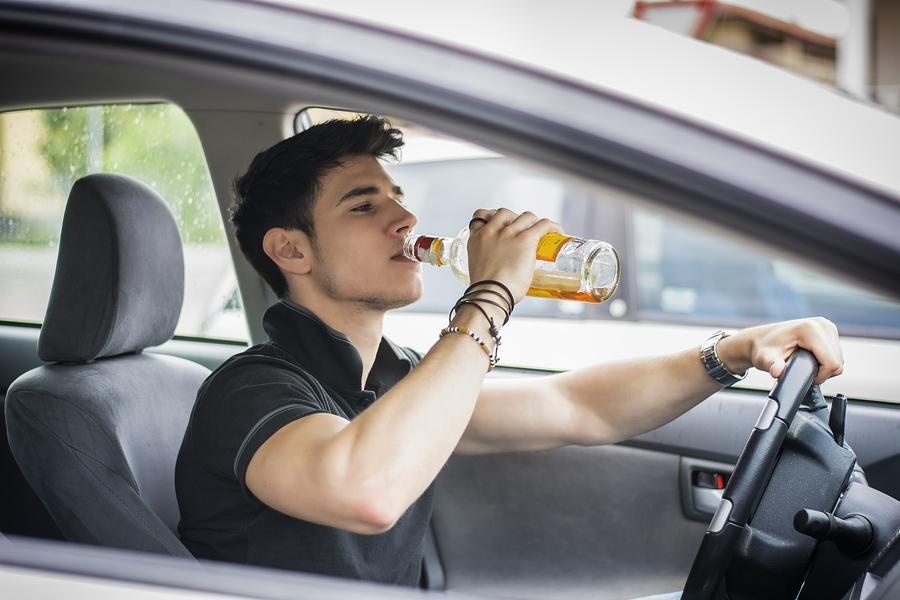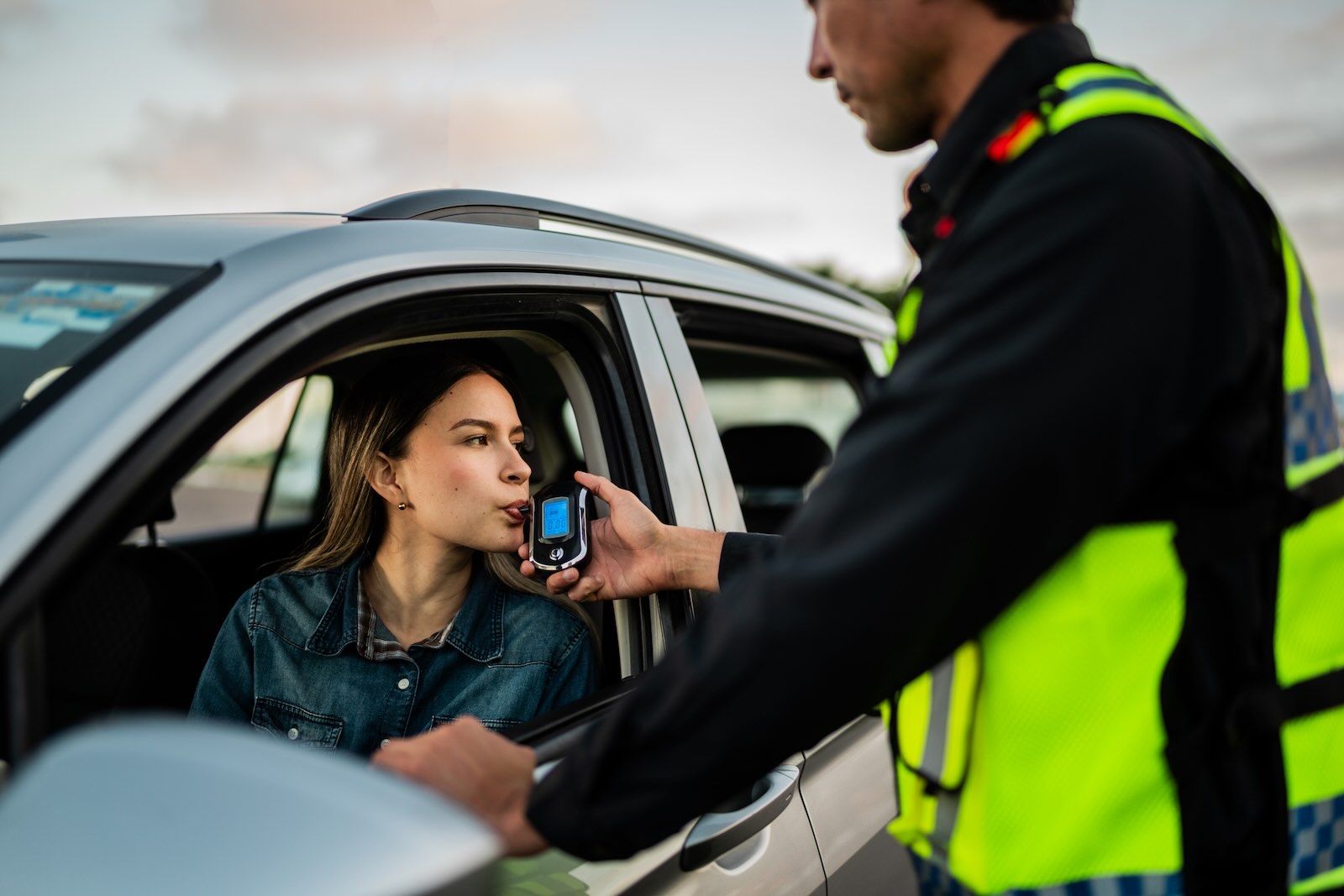The phrase drunk and drive is one that carries serious legal, personal, and social weight. Yet, despite how commonly it’s used in everyday language, many people don’t fully understand what it actually means—or how it differs from similar offenses like DUI, DWI, OWI, or even reckless driving. Whether you’ve encountered these terms in the news, through a friend, or in a courtroom, the key to protecting yourself or someone else starts with understanding the distinctions.
This article dives into the key differences between drunk and drive and similar offenses in a way that’s engaging, easy to follow, and rooted in real-world examples. We’ll explore how the law defines each offense, how penalties vary, and what courts look for when charging someone with drunk and drive or a related offense. Buckle up—this isn’t your average legal article.

What Does Drunk And Drive Really Mean?
Let’s start by clarifying the term itself. “Drunk and drive” is commonly used in many countries—especially outside the U.S.—as a blanket term for driving under the influence of alcohol. While it’s grammatically awkward in English, it’s often shorthand for “driving while intoxicated” or “driving under the influence.”
In places like India or the UK, drunk and drive is often what traffic authorities use when charging individuals who are caught operating vehicles with alcohol in their system. In the U.S., though, you’re more likely to see terms like DUI (Driving Under the Influence) or DWI (Driving While Intoxicated).
Regardless of the terminology, drunk and drive typically involves:
- Operating a motor vehicle after consuming alcohol
- Exceeding the legalblood alcohol concentration (BAC) limit
- Behavior that indicates impairment (slurred speech, reckless driving, etc.)
It’s not just about being “over the limit.” Even if your BAC is under 0.08%, you can still be charged if your driving is visibly impaired.
Real-Life Story: Ravi’s Wake-Up Call
To illustrate how drunk and drive charges unfold, let’s look at Ravi’s story. Ravi was a 27-year-old IT professional working in Hyderabad. One weekend, he went out for drinks with colleagues and assumed that a couple of beers wouldn’t affect him. On his way home, he was stopped at a police checkpoint.
He didn’t feel drunk. He could walk straight. But the breathalyzer told another story—his BAC was 0.09%. He was immediately charged with drunk and drive, his car was impounded, and he had to appear in court the following week.
What shocked Ravi most wasn’t the arrest. It was how the charge affected his job, reputation, and peace of mind. That’s the power of a drunk and drive offense—it doesn’t have to involve an accident or even erratic behavior to change your life.
Drunk And Drive vs DUI: What’s the Difference?
In the U.S., the phrase drunk and drive isn’t typically used in legal contexts. Instead, you’ll hear DUI—Driving Under the Influence. This term covers more than just alcohol. It can also include:
- Illegal drugs (e.g., marijuana, cocaine)
- Prescription medications (if they impair your ability to drive)
- Over-the-counter drugs (like antihistamines, in rare cases)
Here’s the kicker: DUI laws vary widely from state to state. In California, for instance, you can be charged with a DUI even if your BAC is below 0.08% if you’re driving in a way that shows you’re impaired.
So, while “drunk and drive” is used more broadly in international contexts, DUI is a specific legal charge often used in American jurisdictions to cover impairment by any substance.
Drunk And Drive vs DWI: The Subtle (But Serious) Legal Distinction
Next on the comparison list is DWI—Driving While Intoxicated. This term is sometimes used interchangeably with DUI, but it has unique distinctions depending on the state.
In states like Texas, DWI refers specifically to alcohol-related offenses, while DUI may be reserved for underage drivers or those caught driving after consuming drugs or a lesser amount of alcohol.
Key differences:
- DWI usually implies a higher level of impairment
- DUI can apply to broader circumstances (especially for underage drivers or those with detectable alcohol but below 0.08% BAC)
So in terms of drunk and drive, if you’re trying to understand the legal equivalent in the U.S., it would most often align with DWI in states like Texas and DUI elsewhere. However, the interpretation really hinges on local law.
Comparing Drunk And Drive with OWI and OUI
Let’s break down two more terms that muddy the waters: OWI (Operating While Intoxicated) and OUI (Operating Under the Influence). These are used in states like Michigan, Wisconsin, and Massachusetts.
They focus not just on driving—but operating. That means:
- You can be charged even if the car isn’t moving
- Sitting in the driver’s seat with the keys in the ignition may count
- Even attempting to start the vehicle while impaired can result in charges

That’s a broader definition than drunk and drive, which typically implies you were caught while actually driving. But in OWI/OUI states, the law is structured to deter any interaction with a vehicle while impaired.
Penalties for Drunk And Drive Offenses Around the World
Now let’s get practical. What actually happens when you’re charged with drunk and drive?
India
- Fine up to ₹10,000
- Jail up to 6 months for first offense
- License suspension
- Mandatory driving classes
United States
- Fines up to $1,000+ (more with court fees)
- Jail time from 48 hours to 1 year for first offense
- License suspension or ignition interlock
- Higher insurance premiums
- Criminal record
United Kingdom
- Fine up to £5,000
- Driving ban of at least 12 months
- Up to 6 months imprisonment
- Criminal conviction visible for years
The bottom line? Drunk and drive charges come with life-altering penalties—regardless of where you’re arrested.
Misconceptions About Drunk And Drive
False. Depending on your weight, metabolism, and what you’ve eaten, even one beer can put your BAC close to the limit. Many drivers underestimate how quickly alcohol affects them, leading to unintentional violations.
“I Can Drive After Just One Beer”
False. Depending on your weight, metabolism, and what you’ve eaten, even one beer can put your BAC close to the limit. Many drivers underestimate how quickly alcohol affects them, leading to unintentional violations.
“I Wasn’t Drunk, So I’m Fine”
Even without being legally “drunk,” if your behavior suggests impairment, you can still be charged. The law prioritizes safety over semantics, and observable signs of poor driving can be enough for prosecution.
“It’s Only a Problem If I Crash”
Wrong again. In many jurisdictions, roadside breath tests, checkpoints, and erratic driving are enough to trigger charges—even with no accident. Waiting until after a crash to take drunk driving seriously is often too late.

How a Drunk And Drive Conviction Affects Your Life
Now for the part most people underestimate. A drunk and drive charge doesn’t just come with fines—it impacts your entire life.
- Employment: Many employers run background checks. A conviction can make you ineligible for certain jobs.
- Insurance: Rates can double or triple, especially with a conviction on record.
- Travel: Some countries (like Canada) may deny entry if you have a drunk driving conviction.
- Relationships: The stigma can strain family and social relationships.
- Mental Health: Guilt, anxiety, and public embarrassment can take a toll.
In short, this isn’t a traffic ticket—it’s a life event. That’s why knowing the key differences between drunk and drive and similar offenses is critical for anyone who drives.
Defenses Against Drunk And Drive Charges
If you’re facing a drunk and drive charge, all is not lost. Depending on your circumstances, a legal defense may help:
- Faulty breathalyzer: Improper calibration or use can lead to false readings
- No probable cause: If the officer had no valid reason to stop you, evidence may be thrown out
- Medical conditions: Certain conditions (like diabetes or GERD) can produce false BAC readings
- Chain of custody errors: Mishandled blood samples or test results can create doubt
But these defenses only work if you act fast, hire an experienced attorney, and gather evidence early.
How to Avoid a Drunk And Drive Charge: Practical Steps
Nobody plans to get arrested. But you can plan to prevent it. Here’s how:
- Use a ride-share app: Cheaper than court costs
- Designate a sober driver: Make a plan before drinking starts
- Know your limits: Use apps or calculators to estimate BAC
- Wait it out: Give your body time to metabolize alcohol
- Stay overnight: If you’re not sure you’re sober, sleep it off

Every drunk and drive arrest is preventable. The real trick is making decisions before you have a drink in hand.
Final Thoughts: Why This Topic Matters
Understanding the key differences between drunk and drive and similar offenses goes beyond legal definitions—it’s about recognizing their real-world impact. Though commonly used worldwide and often equated with DUI or DWI in the U.S., the term varies in legal weight depending on local laws. Courts focus on impairment, not just intoxication, meaning you don’t have to be visibly drunk to be charged. The consequences can be severe, including legal issues, financial costs, and personal setbacks. That’s why staying informed and making responsible choices is so important. In a world of shifting legal standards, knowing what “drunk and drive” really means could save you from life-changing mistakes.


